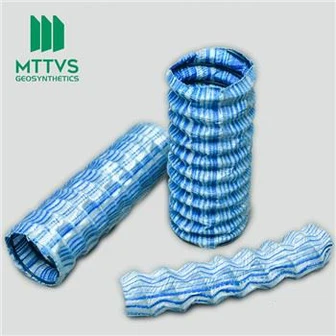Application Of Geotextile Filter Layer
1. The geotextile filter layer can replace the gravel inverted filter layer or form an inverted filter layer together with the gravel, which is used in wharf, bank protection, cofferdam and river protection projects.
2. The material of the geotextile filter layer should be non-woven geotextile and woven geotextile, and woven geotextile should not be used. When non-woven geotextiles are used, the mass per unit area should be 300-500g/m2, and the tensile strength should not be less than 6KN/m; for the filter layer located at the installation gap of the component, a machine with higher tensile strength should be selected. Weaving geotextile.
3. When the geotextile is laid on the surface of the block stone, the surface of the block stone should be leveled with two stones or crushed stones. When there is riprap on the geotextile filter layer, a layer of gravel or gravel protection layer with a thickness of 200-300mm should be set on the surface of the geotextile.
4. The surface of the geotextile filter layer on the soil slope of the inland waterway can be protected by dry, grout masonry or precast concrete slabs.
5. The geotextile filter layer spread on the bank protection or the pier dumped stone prism. The geotextile on the top should be overlapped with the structure, and its length should not be less than 1,000 ram; the geotextile of the slope toe should extend beyond the protection surface and its length Not less than 2000mm.
6. The geotextile filter layer at the installation joints of upright walls such as caissons, hollows, blocks, buttresses, cylinders, etc., should be positioned and fixed. .
7. The geotextile filter layer on the bank of the inland waterway should be anchored at the top of the slope; the slope toe should extend the geotextile beyond 1000mm below the scour lJ line, and take measures to prevent erosion.







